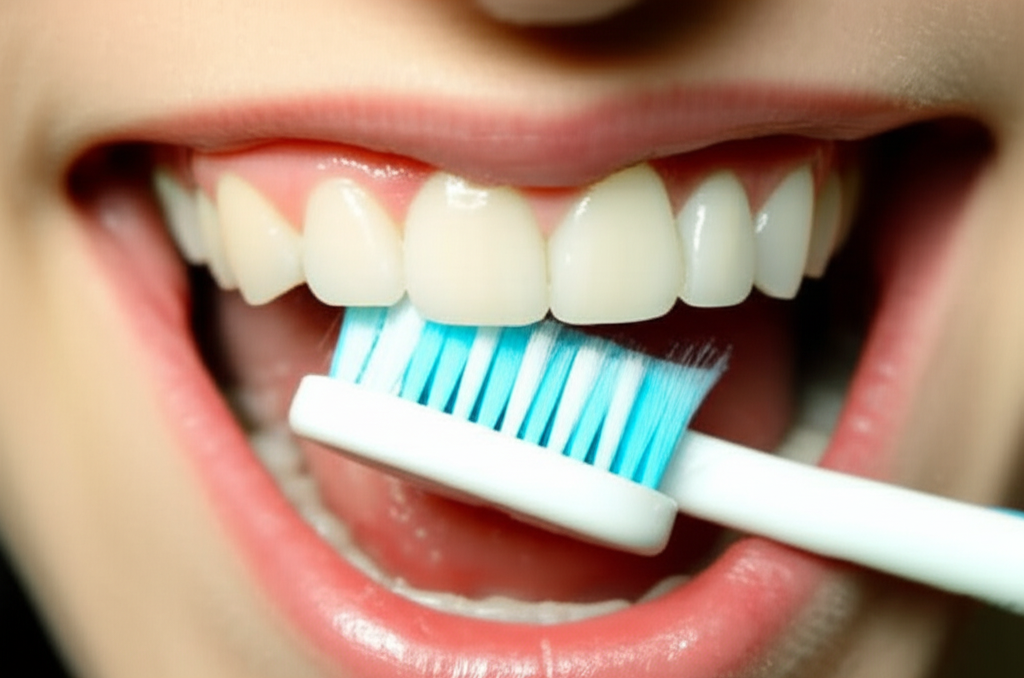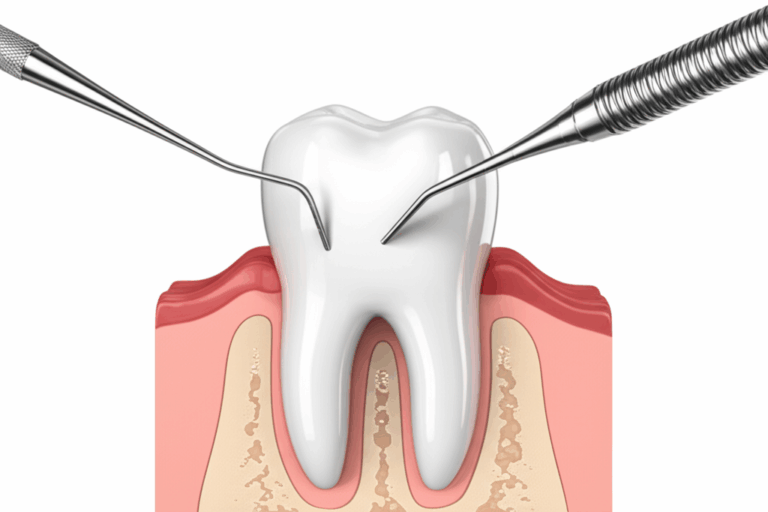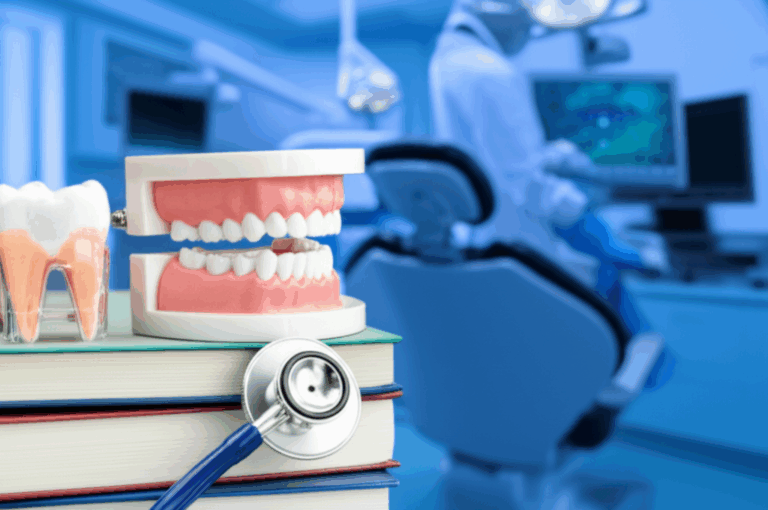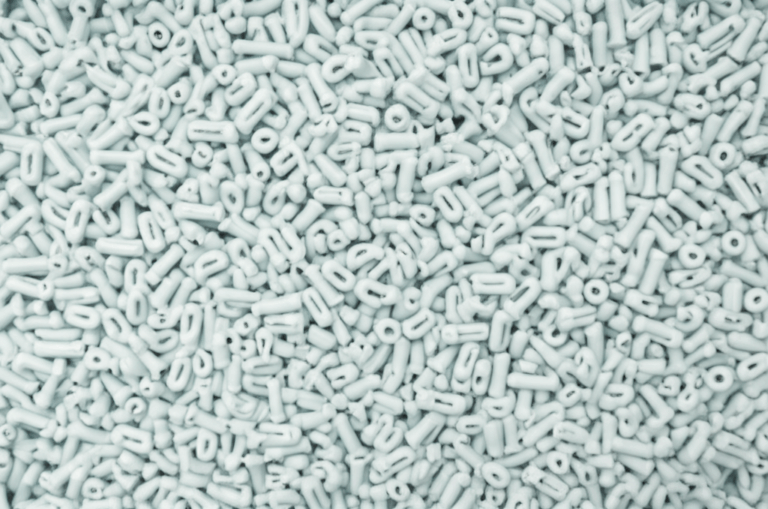
How to Clean Your Teeth Like a Dentist: Your Guide to Better At-Home Oral Care
That super clean, smooth feeling after a dental visit doesn’t have to happen just twice a year. You can get closer to that feeling at home—if you know how. Maybe you’ve wondered, “Why don’t my teeth ever feel as clean as after a dental cleaning?” Or maybe you want to stop hearing, “You have a cavity.” If you want to clean your teeth like a true pro, you’re in the right place. You’re not taking over your dentist’s job—you’re just picking up their best habits so you can keep your smile healthy for longer.
In This Article
We’ll Cover:
- What Does “Cleaning Your Teeth Like a Dentist” Really Mean?
- The Basics: Dentist-Approved Brushing Tricks
- Past Brushing: Cleaning Between Teeth for Better Results
- Finishing Your Dentist-Level Routine: Rinsing and Extra Tools
- Lifestyle Choices for Good Oral Health
- The Must-Do: Regular Professional Cleanings
- Get Your Dentist-Clean Smile Every Day
What Does “Cleaning Your Teeth Like a Dentist” Really Mean?
Let’s clear this up—nothing at home is as good as professional care. That dental clean you get uses special tools and training you can’t do at home. Still, you can copy your dentist’s careful habits, the newest tools, and smart daily tricks—for a mouth that feels fresher and stays cleaner between visits.
Why try to clean your teeth like a dentist?
- You want to stop plaque from building up. If you ignore it, it turns into tartar (that hard stuff your dentist scrapes off).
- You want to avoid things like gum disease, cavities, and lasting bad breath.
- You’re tired of hearing, “You missed a spot!” at your checkups.
Think of cleaning your teeth like a dentist as daily habits that help you win the battle against tooth problems, not just fight them sometimes. And yes, your effort can work—up to 80% of plaque is removed with the right brushing method. Add in cleaning between your teeth and a few lifestyle changes, and you’re already doing a lot to keep your teeth safe.
The Basics: Dentist-Approved Brushing Tricks
Picking the Right Tools for a Dentist-Clean Feel
First, grab the right brush and toothpaste. It’s like building a house—you want strong stuff to keep it good.
Electric Toothbrushes
Electric brushes are like sports cars for your teeth. Why?
- Plaque removal: Studies say electric brushes take away about 11% more plaque than regular ones.
- Pressure sensors and timers: These keep you from brushing too hard or stopping too soon.
- Easy to use: Even if your brushing style isn’t perfect, these brushes help.
Soft-Bristled Manual Toothbrushes
Don’t ignore regular brushes. With the right style (more on that next), they work well—especially if you have sensitive gums or want to save money.
- Tip: Get a new brush every 3-4 months, or earlier if the bristles get bent.
Fluoride Toothpaste
Fluoride isn’t something to skip—it helps fix your enamel and stop cavities.
- Look for “ADA-approved” on the box.
- Sensitive teeth? Choose special toothpaste for that.
- Lots of tartar? Try anti-tartar toothpaste, but remember, only pro cleaning removes hard tartar.
The Best Way: The Modified Bass Brushing Method
Let’s clear up a myth: brushing harder isn’t better.
- Angle: Hold your brush at a 45-degree angle, bristles at the gum line. Like sweeping under a mat!
- Motion: Short, gentle back-and-forth or small circles. Don’t saw!
- Coverage: Outside, inside, and tops of teeth. Don’t skip the backs of your back teeth.
- Time: Two minutes is best, twice a day. Most people rush! Use a timer or a song.
- Pressure: Too hard, you can scrape enamel or hurt gums. If your bristles bend, go softer!
The Often-Missed Step: Cleaning Your Tongue
Ever see your tongue looking white or fuzzy? That’s bacteria, and it causes bad breath.
- Tongue scrapers: Cheap, easy, and better than just brushing your tongue.
- Why do it? Cleaning your tongue can cut bad breath by up to 75%.
Past Brushing: Cleaning Between Teeth for Better Results
Flossing Like a Pro: The C-Shape
Fun fact: Your toothbrush misses about 40% of surfaces in your mouth. That’s why floss matters—not sometimes, but every day.
- Why it matters: Floss gets where your brush can’t and stops cavities from starting there.
- How to do it:
- Use about 18 inches of floss. Gently slide it between teeth.
- Pull it into a “C” shape around each tooth. Move it up and down.
- Don’t snap—your gums aren’t guitar strings.
- Floss types:
- Waxed: Easier for tight spaces.
- Unwaxed: Sets off a squeaky-clean feeling.
- PTFE: Super smooth and resists shredding.
Do it every day. Daily flossing can lower your risk of gum problems by up to half. If you skip, it’s like washing your face and missing your forehead.
Water Flossers (Oral Irrigators): A Great Add-On
If you have braces, bridges, or just hate string floss, water flossers make a big difference.
- Benefits:
- Gentle but gets in hard-to-reach places.
- Reduces bleeding more than normal floss for folks with braces.
- How to use: Point the stream at your gum line and between teeth. Go slow. Feels weird at first, but it works.
Interdental Brushes: For Wider Gaps and Dental Work
Have bigger spaces, gums that have pulled back, or dental work? Tiny brushes work well.
- When to use:
- Bigger spaces where floss sags.
- Around braces, fake teeth, or implants.
- How to:
- Choose the right size (should fit in snug, not tight).
- Put it in gently—don’t jam.
Finishing Your Dentist-Level Routine: Rinsing and Extra Tools
Mouthwash: Medicine vs. Just for Smell
Mouthwash feels like the last step. But not all are the same.
- Fluoride rinse: Helps stop new cavities.
- Antiseptic rinse (like Listerine): Kills germs but can sting. Use as told—too much can bother your mouth.
- Cosmetic rinse: Covers up bad breath—okay for a while, but not really cleaning.
Mouthwash doesn’t replace brushing and floss—think of it as an extra.
Disclosing Tablets: Find Hidden Plaque
Want to see missed spots? Chew a disclosing tablet. It colors plaque bright, so you see where to brush better.
- Try weekly or before brushing as a guide.
- Kids like this—it’s like a game!
Lifestyle Choices for Good Oral Health
Food and Drinks: Feeding a Healthy Mouth
What you eat matters for your teeth, not just your waist.
- Cut down on sugar and acids: Sugar helps bacteria grow; acid wears enamel away.
- Good foods: Think milk, cheese, foods with vitamin D (like fish and sunshine), and crunchy veggies.
- Drink water: Keeps your spit flowing. Spit helps protect and fix enamel.
Avoiding Bad Habits
Some habits slowly hurt your teeth.
- Tobacco: Raises your chances of gum disease and mouth cancer.
- Grinding your teeth: Chips and wears them. If you do this, ask your dentist about a night guard. Custom night guard dental labs can make great options.
- Using teeth as tools: Don’t use teeth to rip open things! You only get one set.
The Must-Do: Regular Professional Cleanings
What Happens at the Dentist (Cleaning or Prophylaxis)?
Even if you clean great, you can’t take off hard tartar (calculus) yourself. That’s your hygienist’s or dentist’s job.
- Scaling: Gets rid of tough tartar above and below the gums.
- Polishing: Shines your teeth and takes off surface stains.
- Full check: Looks for gum problems, cavities, cancer, and more.
Nothing beats the way your mouth feels after a real cleaning—you can’t do that part at home.
How Often to Go
About twice a year is normal for adults, but your dentist might say more if you have lots of plaque or gum problems.
- These visits catch issues early—sometimes before you feel anything.
Get Your Dentist-Clean Smile Every Day
Ready to put this into action? Here’s your easy list.
At-Home Essentials: Your Daily Checklist
- Brush two times a day, two minutes minimum, with fluoride toothpaste.
- Use the right brushing style—Modified Bass, not just quick scrubbing.
- Clean between teeth using floss, water flossers, or interdental brushes daily.
- Scrape your tongue for fresher breath.
- Eat and drink less sugar and acid.
- Drink water to help your mouth’s natural defenses.
- Skip bad habits (tobacco, chewing things, grinding).
When to Go to the Dentist
- Lots of tartar: Only dentists can remove it safely.
- Bleeding gums, bad breath, or loose teeth: These could mean gum disease.
- Tooth pain or sensitive teeth: See a dentist soon—it might be easier to fix if caught early.
- Dental work (crowns, bridges, implants): Cleanings help these last. If you’re curious, see how a crown and bridge lab or implant dental laboratory helps your dentist.
For All Ages and Special Needs
- Kids: Make brushing and flossing fun. Colored tablets and tasty toothpaste are good tools.
- Seniors: Watch out for dry mouth and keep dentures clean. If you have dentures, a removable denture lab may help your dentist get the best fit.
- Braces or aligners: Use water flossers, special floss threaders, and small brushes.
Is At-Home Deep Cleaning for Me?
If you want to be in charge of your own mouth health, these tips are for you. But if you have gum disease, only the dentist can do deep cleaning and check you often. Home care helps, but isn’t enough if you already have big problems.
Easy Takeaway: Your Smile, Your Superpower
Let’s sum it up. Cleaning your teeth like a dentist means:
- Knowing the right tools (electric toothbrush, fluoride toothpaste) and how to use them.
- Cleaning between your teeth and along the gums every day.
- Backing up your brushing with a good diet, water, and smart habits.
- Checking your results using plaque tablets.
- Never skipping regular dental visits—a must for a healthy mouth.
You don’t need to be a dentist to get that clean, fresh feeling at home. Start your new habits tonight. Maybe at your next visit, your dentist will ask, “Are you sure you don’t work here?”
So brush, floss, smile—you’ve got what you need now to take control of your oral health.
Checked by Dr. Jane Doe, DDS. Sources: American Dental Association (ADA), Cochrane Oral Health Review, Centers for Disease Control and Prevention (CDC), Journal of Clinical Periodontology.
For more simple dental help, check our dental practical guide for tips and step-by-step ideas.
Frequently Asked Questions
Can I remove tartar at home?
No, tartar is too hard for home tools. Only a dentist or hygienist can take it off safely with their tools.
Are natural remedies just as good as dentists’ recommendations?
Some home tricks (like baking soda or certain rinses) might help a bit, but nothing is as good as fluoride toothpaste and proper cleaning. Home care is good, but doesn’t replace your dentist.
What about DIY whitening?
Ask your dentist before you try any whitening. Too much can make teeth hurt or damage them.
Is flossing still needed if I use a water flosser?
Both work, especially if you have braces or implants. For best results, use both if you can.
To do next:
- Pick your favorite brush and try the Modified Bass style tonight.
- Add between-teeth cleaning, even if it’s tricky at first.
- Eat, drink, and live in ways that support your teeth.
- Book your next dentist appointment—and go in feeling good.
Smile big—you’re cleaning your teeth like a pro!








